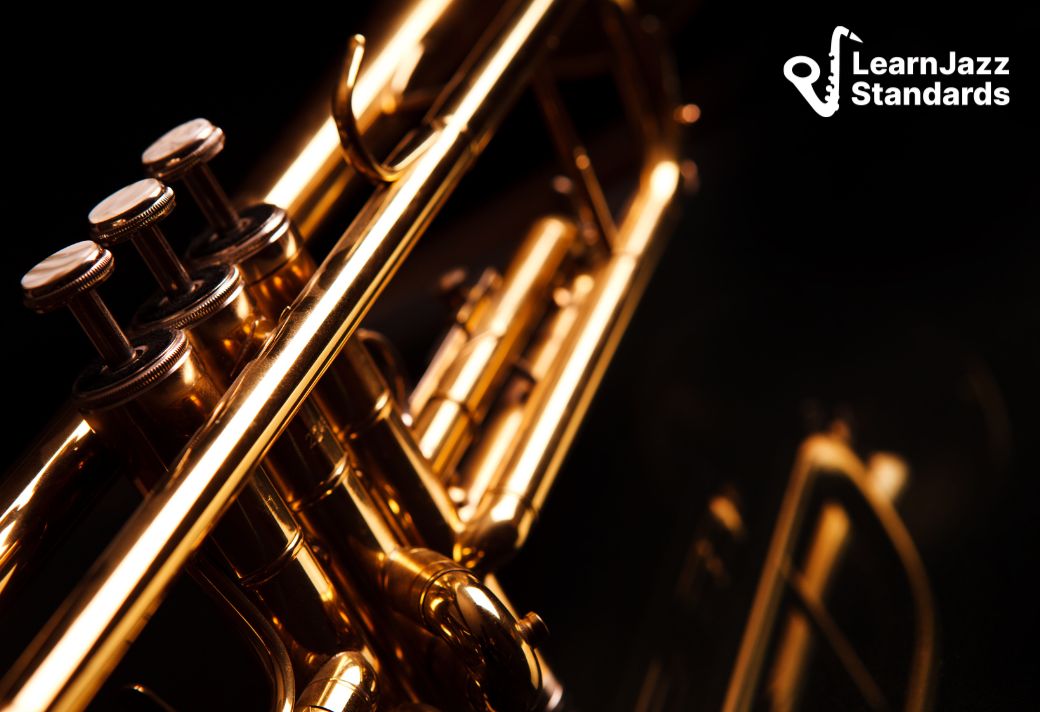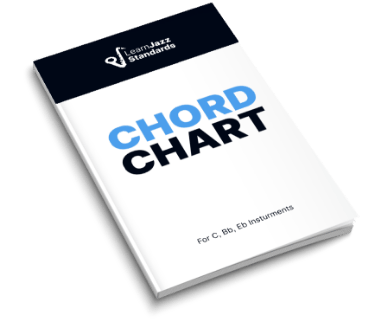Are you confused about minor scales and how to use them when improvising? If you are used to guessing and hoping what you play works (fingers crossed), then this article is for you!
I’ll go over the three types of minor scales and their applications in improvisation. We’ll also learn about the minor modes embedded within these minor scales.
By the end of this article, you’ll not only know all three main minor scales and the important minor modes embedded within them, but you’ll be well on your way to using them too!
Also, if you want to improve your improvisation skills and take your scale playing to the next level, check out the Learn Jazz Standards Inner Circle.
The Inner Circle helps you master jazz language and music theory!
Want to improve in 30 days or less? Check out what the Inner Circle offers.
Now, on to minor scales and how to use them…
Table of Contents
How Many Minor Scales Are There?
In music theory, there are three minor scales—
- The natural minor scale
- The melodic minor scale
- The harmonic minor scale
But you’ll soon see that these parent scales contain other minor scales within them. Before getting into minor scale modes, let’s learn what makes a minor scale a minor scale!
What Makes A Minor Scale Minor?
To qualify as a minor scale, the third scale degree must be a minor third away from the root note, or tonic note.
A natural minor is spelled like so:
- A, B, C, D, E, F, G, A
- 1, 2, 3, 4, 5, 6, 7, 1
The distance between A and C is a minor third interval. This property makes this scale minor. All the other notes can shift around, and it would still be a minor scale. If that third note were a C#, we would have a major third and, therefore, some kind of major scale. Make sense?
The only difference between major and minor scales is that third note! Minor scales have a minor third interval between the first and third scale degrees. Major scales have a major third interval between the first and third scale degrees.
For more on musical intervals, check out our guide to musical intervals.
We’ve established three types of minor scales (which we’ll explore in greater detail below); however, we can build even more minor scales from these three parent scales.
How, you might ask? Remember, the only factor that determines whether a scale is major or minor is the third scale degree. Therefore, certain modes of the three parent minor scales are also themselves minor scales.
What Are Scale Modes?
A scale is a sequence of pitches that repeat. For example, here is an A natural minor scale spelled out across three octaves:
- A-B-C-D-E-F-G-A-B-C-D-E-F-G-A-B-C-D-E-F-G-A
However, we don’t have to start on A. If we played the same sequence of notes but started on B, the scale’s character would change, even though the sequence would be the same.
- A-B-C-D-E-F-G-A-B-C-D-E-F-G-A-B-C-D-E-F-G-A
- B-C-D-E-F-G-A-B-C-D-E-F-G-A-B-C-D-E-F-G-A-B
This is the concept behind musical modes. Each parent scale contains six other scales derived from each note in the parent scale. Remember that the most important difference between major and minor scales is the third note in the sequence.
Looking at the scale above, B-C-D-E-F-G-A-B, the third note is a minor third away from the root. Therefore, this Locrian scale (one of the modes of the natural minor scale and major scale) is also a minor scale.
Check out this article for more information on scale modes.
Three Minor Scales… And Their Modes
Even though there are three minor scales, each with its own modes, there are technically more than three minor scales you can use to solo. As an improviser, it’s your job to know which minor scale works well over any particular chord.
Some minor scales we’ll review have more than one use or function. However, each minor scale has at least one specific use that we will cover.
Let’s start with the natural minor scale and all the minor modes you can build from it.
1. The Natural Minor Scale (Aeolian Scale) and Relative Major and Minor Keys
The natural minor scale is the parent scale for diatonic minor keys.
It is also one of the seven modes of the major scale and is derived from the major scale’s sixth scale degree. Let’s briefly discuss the relationship between relative major and minor keys and the relationship between the major scale and the minor scale.
If you’ve heard of relative major and relative minor, you’ll know that diatonic major and minor key signatures are related. Here’s how:
We’ll use the relative major key of C and the relative minor key of A- to demonstrate.
- C-D-E-F-G-A-B-C
- A-B-C-D-E-F-G-A
C Major Scale and Chords
Here are the chords in the relative major key of C:
- I. C
- ii. D-
- iii. E-
- IV. F
- V. G
- vi. A-
- vii°. Bdim
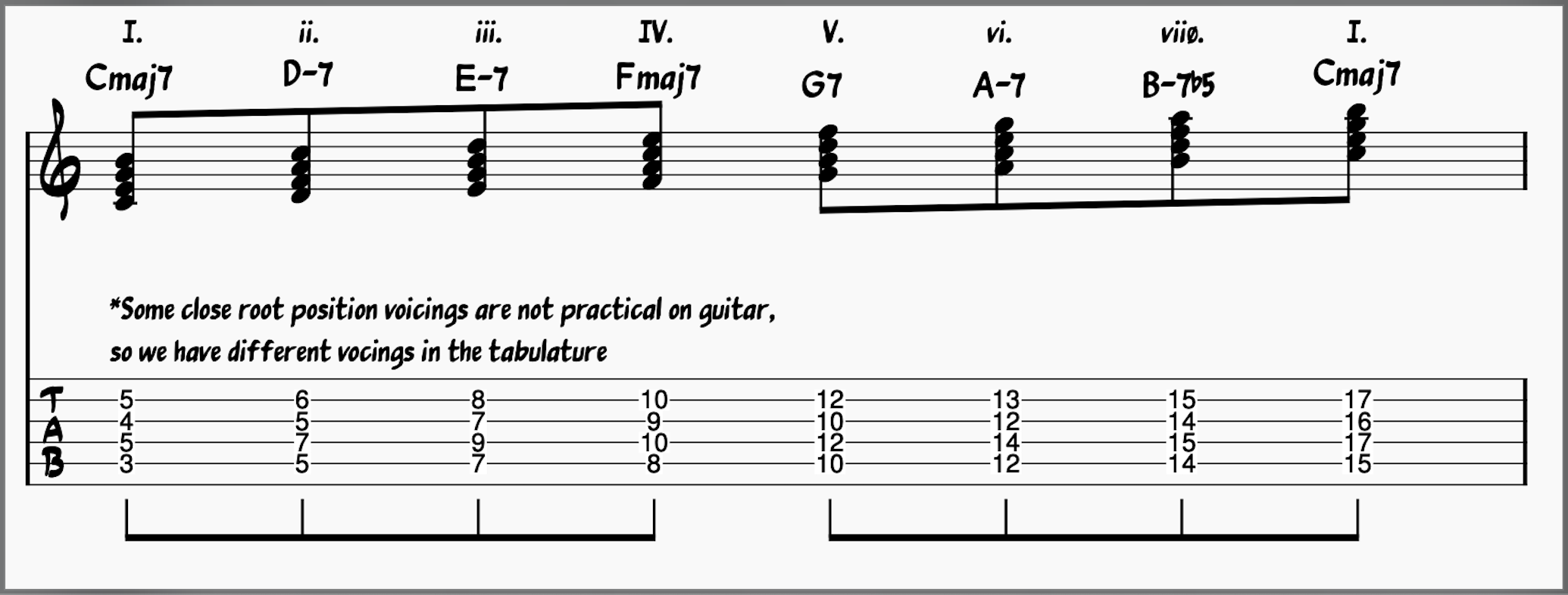
A Natural Minor Scale and Chords
Here are the chords in the Key of A minor:
- i. A-
- ii°. Bdim
- III. C
- iv. D-
- v. E-
- VI. F
- VII. G
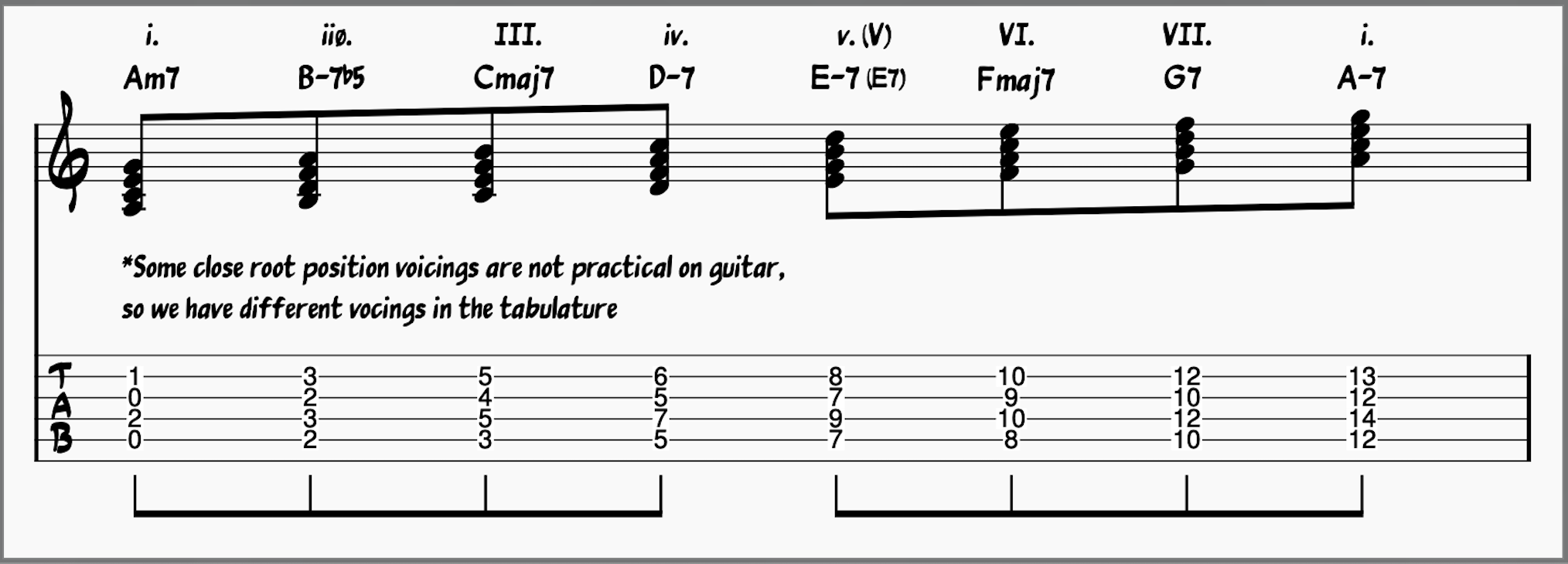
How They Are Related
Both A minor and C major are built from the same sequence of notes and share the same key signature.
The only difference is what you count as the root note.
In an A natural minor scale, we count “A” as the root note (and “C” as the third note). In C major, “C” is the root note (and “A” is the sixth note).
When we are in the key of A minor, the C major scale is its third mode. Vice versa, A natural minor (Aeolian scale) is the sixth mode of C major.
Relative Keys vs. Parallel Keys
Because of this relationship, we say the C major and A minor are relative major and minor keys.
The relative major scale shares the same key signature (and the same notes) as its minor counterpart. This is different than parallel keys, which do not share the same key signature. Instead, parallel keys share the same root note, but the sequence and scale formulas are different.
- C major’s parallel minor is C minor.
- A minor’s parallel major is A major.
To learn more about relative minor keys (and parallel minor and parallel major keys), check out this article on parallel and relative minor.
The Aeolian Minor Scale
Now it’s time to provide some specifics about Aeolian minor. Here’s what you need to know:
- Scale formula (in half and whole steps): W-H-W-W-H-W-W
- Scale Degrees: Rt., M2, m3, P4, P5, m6, m7
- Spelled (in A-): A-B-C-D-E-F-G
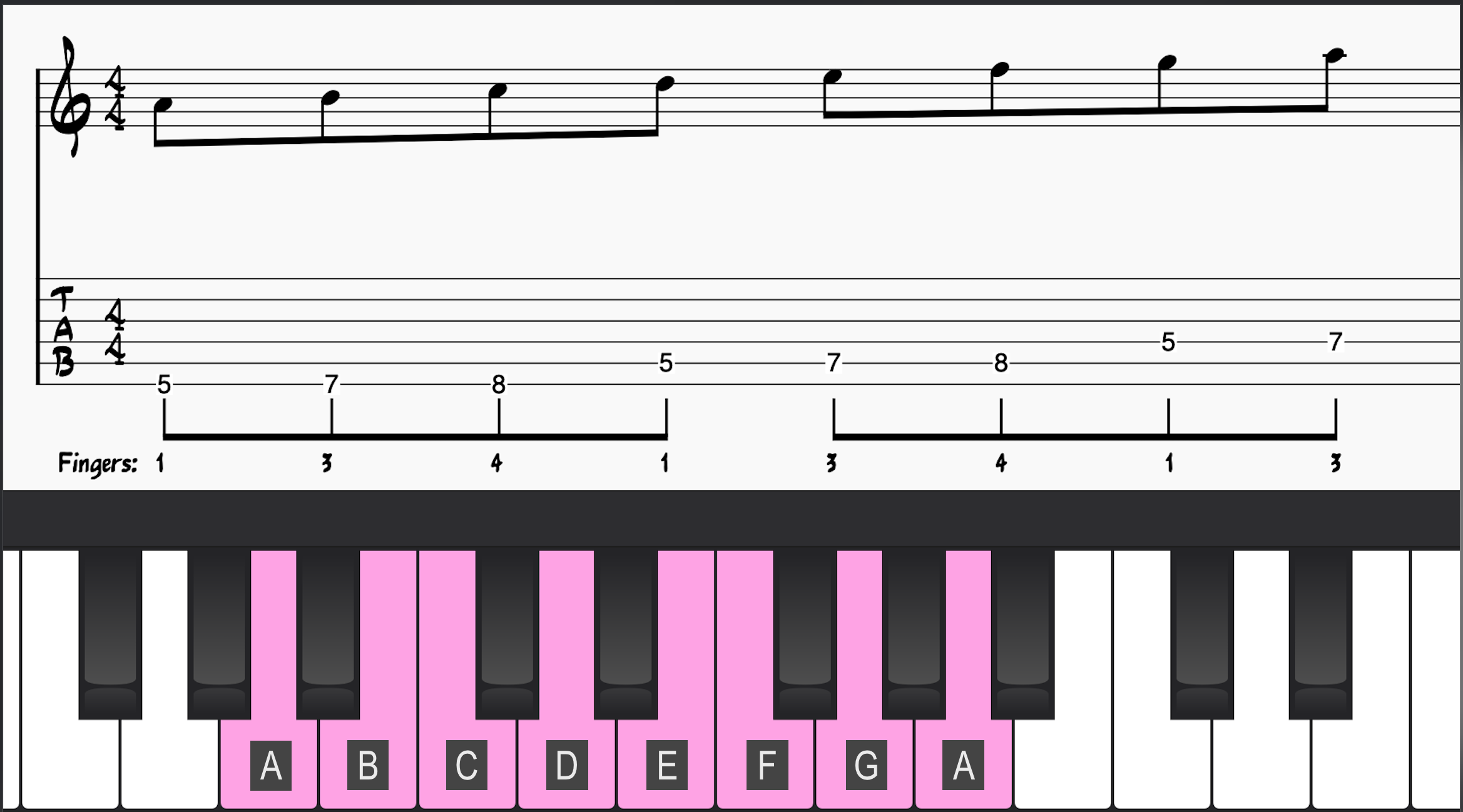
As we discussed, the Aeolian scale is derived from the sixth degree in major keys. In minor keys, the Aeolian scale is the first scale degree.
For more on the Aeolian mode or natural minor scales, check out our article on the Aeolian scale.
Regarding improvisation, the Aeolian scale works well over minor chords that function as the vi chord (major keys) or the i chord (minor keys).
However, if you tried to play an Aeolian scale over the ii chord in a diatonic ii-V-I progression, something wouldn’t sound right because you’d be playing outside the minor key signature. This is because the Aeolian minor scale is built from the sixth scale degree, not the second scale degree.
To accurately depict the harmony of a ii chord, you’ll need to use a mode of the natural minor scale.
Specifically, you need to use the Dorian scale.
Dorian Mode (Dorian Minor Scale)
In major keys, Dorian is built from the second scale degree of the major scale. In minor key signatures, it is the fourth scale degree.
The Dorian minor scale is very similar to the natural minor scale. It’s nearly the same pattern, with one key difference. Compared to the natural minor scale, all scale degrees are the same except for the sixth scale degree.
Let’s stick with A minor for the comparison.
A natural minor intervals are:
- Rt: A
- M2: B
- m3: C
- P4: D
- P5: E
- m6: F
- m7: G
A Dorian scale intervals are:
- Rt: A
- M2: B
- m3: C
- P4: D
- P5: E
- M6: F#
- m7: G
Here’s the scale breakdown:
- Scale formula (in whole and half steps): W-H-W-W-W-H-W
- Scale Degrees: Rt., M2, m3, P4, P5, M6, m7
- Spelled from A (Key of G major or E minor): A-B-C-D-E-F#-G
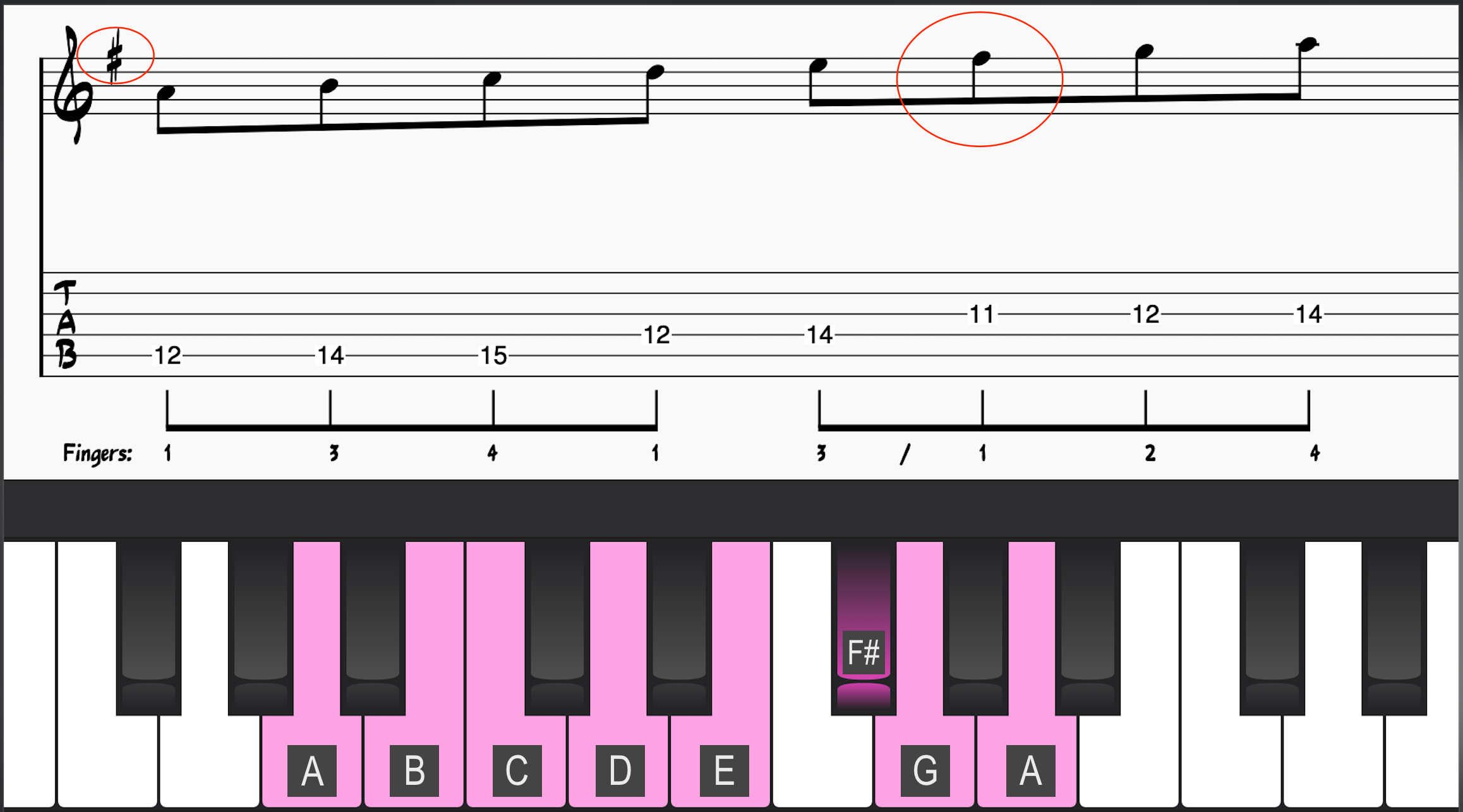
When should you use the Dorian mode in improvisation? If you improvise on a jazz tune in the key of G or E- and you encounter an A- chord, you’d want to choose the Dorian mode over the natural minor scale because it has an F#, just like the key signatures.
For more information, check out our article on the Dorian scale.
Phrygian Mode (Phrygian Minor Scale)
The Phrygian minor scale is another major scale mode. It is derived from the third scale degree of major keys and the fifth scale degree of relative minor keys. Phrygian scales have one key difference compared to natural minor scales—a flat second scale degree.
Here are the scale degrees for an A Phrygian scale (the difference is in bold):
- Rt. A
- m2: Bb
- m3: C
- P4: D
- P5: E
- m6: F
- m7: G
Here’s the scale breakdown:
- Scale formula: H-W-W-W-H-W-W
- Scale Degrees: Rt., m2, m3, P4, P5, m6, m7
- Spelled from A (Key of F major or D minor): A-Bb-C-D-E-F-G
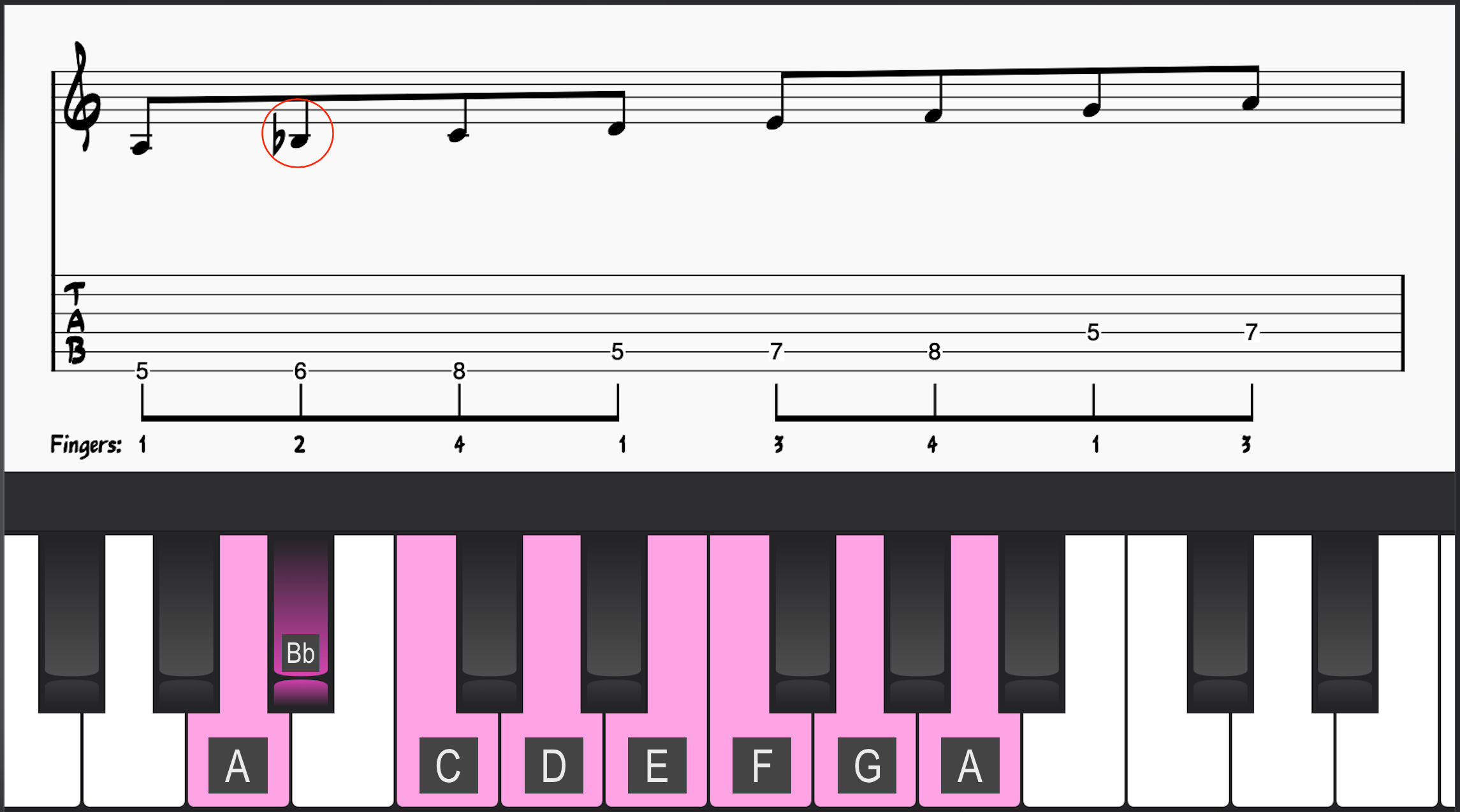
When improvising over diatonic chord progressions, the Phrygian scale is typically used for iii chords (in major keys) or v chords (in minor keys). However, the v chord in minor keys is often changed to a V7 chord in many chord progressions to create a stronger pull to the tonic note.
In cases like this, Phrygian minor will still work over an altered V7 chord (b9 and #9), but you’ll also have other improvisational options.
Check out this article for more on the Phrygian mode.
Locrian Mode (Locrian Minor Scale)
Another diatonic minor mode we need to talk about is the Locrian minor scale. In major keys, it is derived from the 7th scale degree. In minor keys, it is built from the second scale degree.
When you compare Locrian to natural minor scales, you’ll notice two differences—a flat second and fifth scale degree!
Here are the scale degrees for A Locrian:
- Rt: A
- m2: Bb
- m3: C
- P4: D
- TT(b5): Eb
- m6: F
- m7: G
Here’s the scale breakdown:
- Scale formula: H-W-W-H-W-W-W
- Scale Degrees: Rt., m2, m3, P4, TT (b5), m6, m7
- Spelled from A (Key of Bb major or G minor): A-Bb-C-D-Eb-F-G
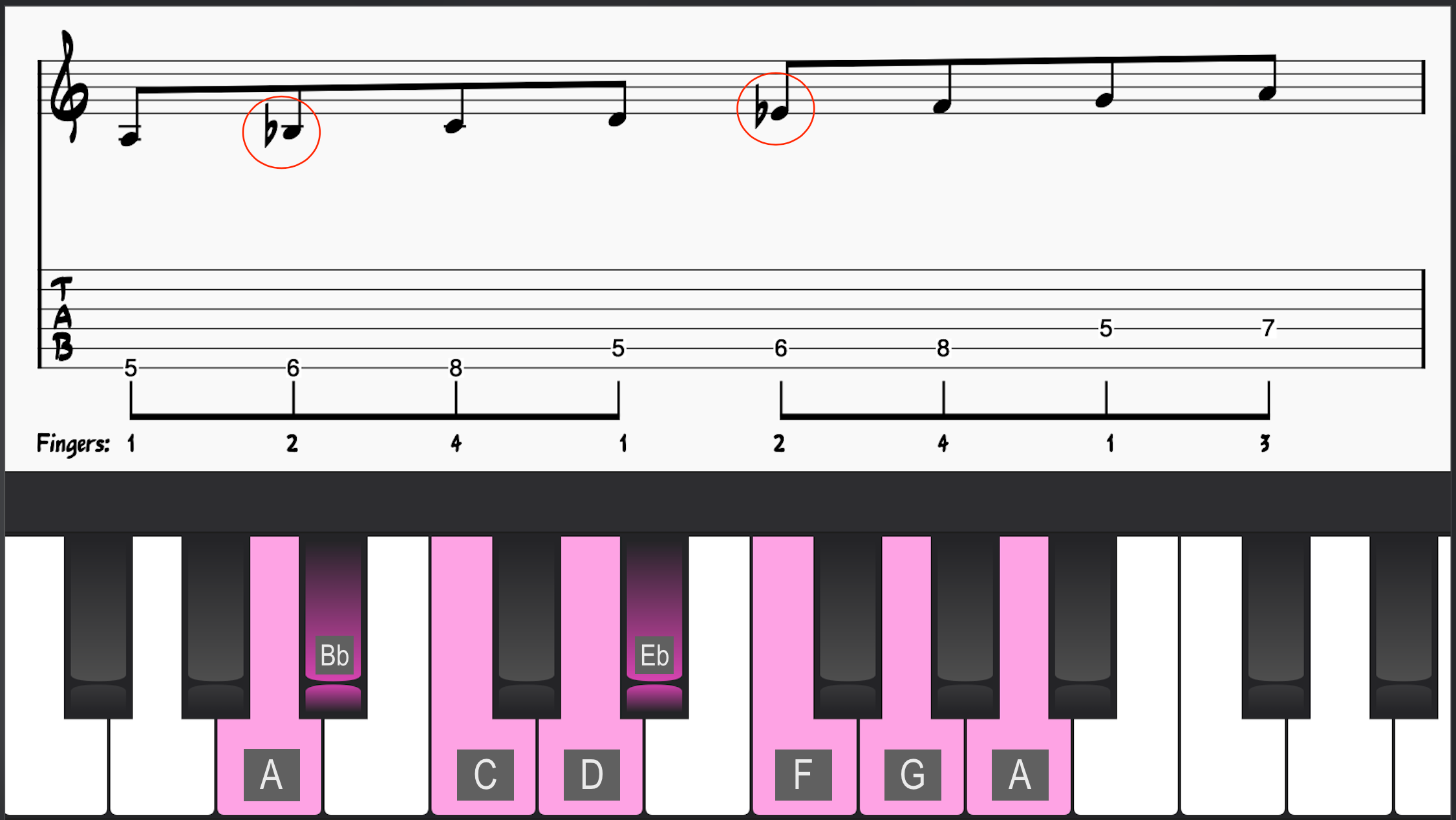
So, where should you use the Locrian minor scale? The minor iiø-V-i progression is prevalent in jazz music, and jazz musicians often play Locrian minor over the iiø chord.
Check out this article for more on the Locrian scale and this article for more on minor chord progressions.
Minor Pentatonic Scale
I want to include the minor pentatonic scale in our list of minor scales because pentatonic scales have wider applications due to their greater ambiguity. Pentatonic scales have less information than the standard seven-note scales.
Because there is less information, these minor scales can be used more freely in improvisation.
Think about it—in the scales we’ve discussed so far, the 2nd and 6th scale degrees were the notes most likely to change between different minor scales. Minor pentatonic scales cut out the 2nd and 6th scale degrees.
That means minor pentatonic scales work over diatonic ii chords, iii chords, and vi chords in major keys, as well as diatonic vi chords, v chords, and i chords in minor keys. The only diatonic chords they don’t work over are those with a b5—the viiø chord (major keys) and iiø chord (minor keys).
Here are the scale degrees for the A minor pentatonic scale:
- Rt: A
- m3: C
- P4: D
- P5: E
- m7: G
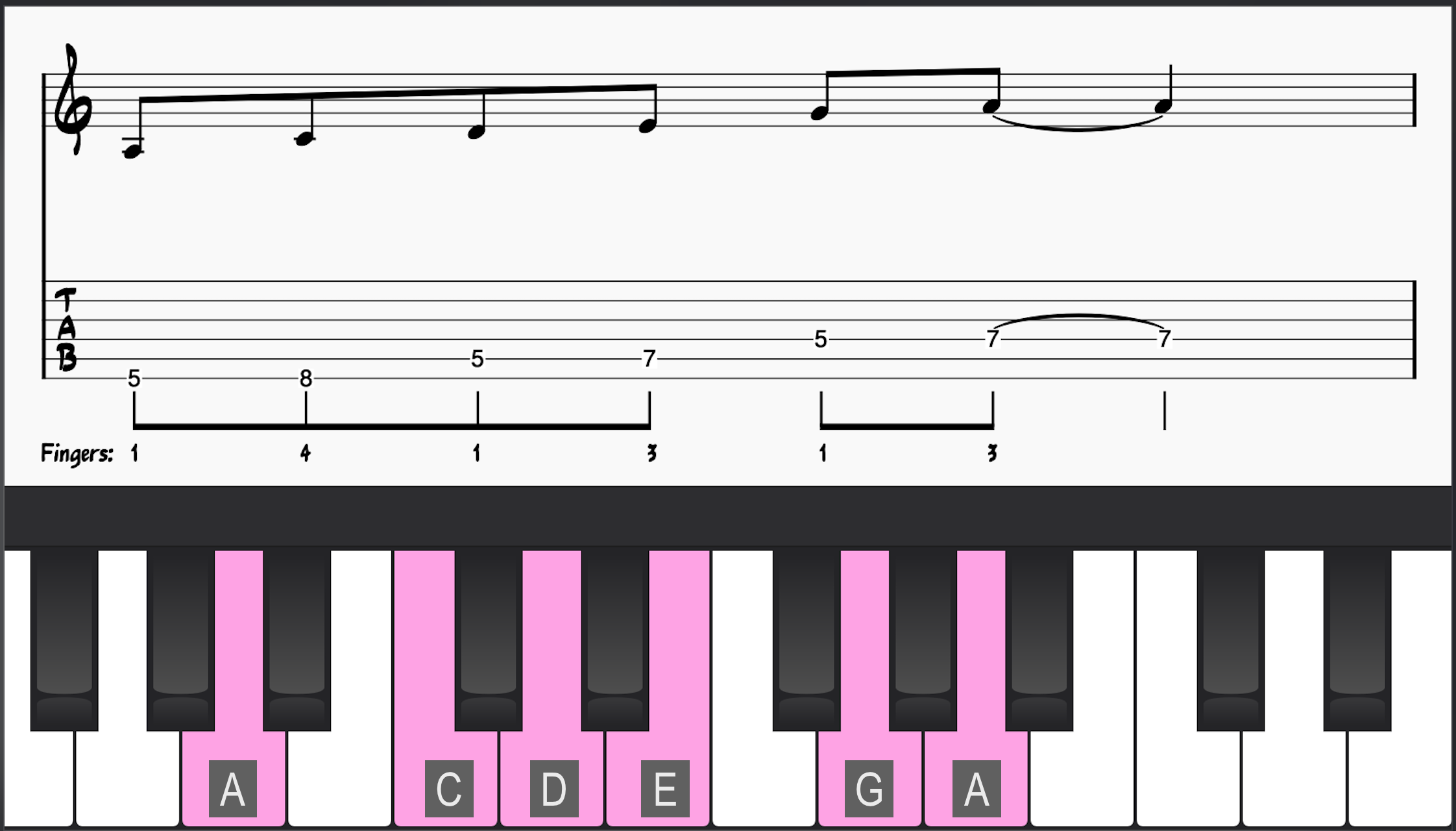
Recall the relationship between relative minor and major key signatures. This applies to minor and major scales and, by extension, the minor and major pentatonic scales.
A Minor Pentatonic Scale:
- A-C-D-E-G-A
C Major Pentatonic Scale:
- C-D-E-G-A-C
BEFORE YOU CONTINUE...
If you struggle to play amazing jazz solos and want to learn the secret strategies the pros are using to improvise, our free guide will get you on the right track.

2. Melodic Minor Scale
The next minor scale we need to discuss is the melodic minor scale.
In classical music, melodic minor scales have two forms: an ascending and a descending form. We’ll explain both forms, but for improvisational purposes, jazz musicians only use the ascending melodic minor scale form (for reasons you’ll soon see).
Ascending and Descending Melodic Minor Scale
The ascending melodic minor scale starts out like a regular Aeolian minor scale. However, the sixth and seventh notes are raised one half step. Instead of a minor sixth and minor seventh interval, you have a major sixth note and a major seventh note.
The last half looks a lot like the major scale. When comparing major scales with melodic minor scales, they are identical except for that third note. Melodic minor scales have a minor third, and major scales have a major third. Everything else is the same.
The descending melodic minor scale has all the same notes as the descending natural minor scale—minor sixth and minor seventh intervals. This is why we don’t really “use it.” We’d opt to play a natural minor scale if the harmony required it.

Taken together, the ascending and descending forms brighten melodies on the way up and darken them on the way down. But, with jazz improvisation, it’s easier to think of them as two separate scales. From now on, when we refer to melodic minor, we’ll refer to the ascending form.
Here are the scale degrees:
- Rt.
- M2
- m3
- P4
- P5
- M6
- M7
Here’s the scale breakdown:
- Scale formula: W-H-W-W-W-W-H
- Scale Degrees: Rt., M2, m3, P4, P5, M6, M7
- Spelled from A: A-B-C-D-E-F#–G#
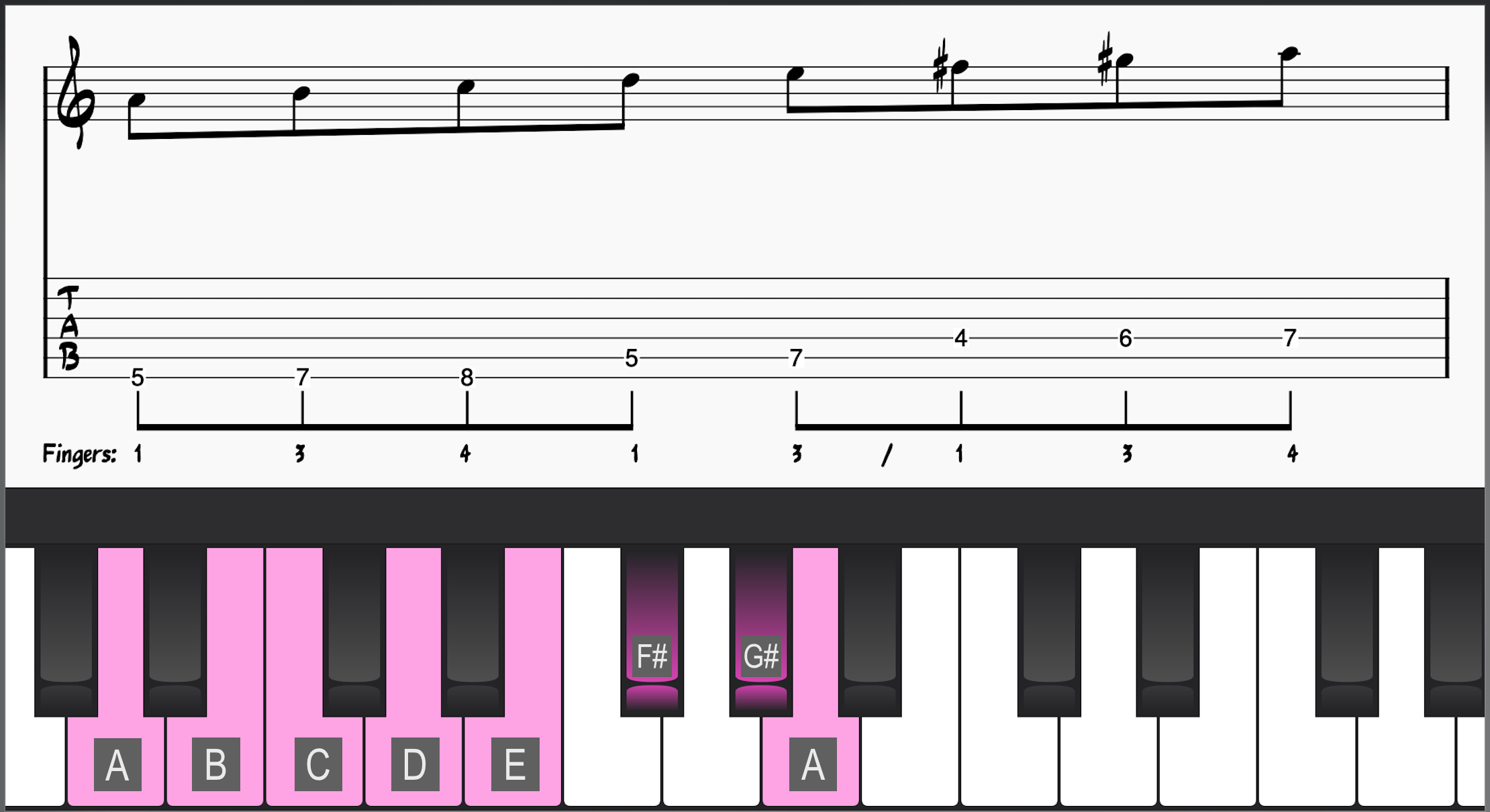
When we harmonize the melodic minor scale in thirds, we get a harmonic minor chord scale, which has some beautiful non-diatonic (not found in the major scale) chords:
- A-(maj7)
- Cmaj7#5
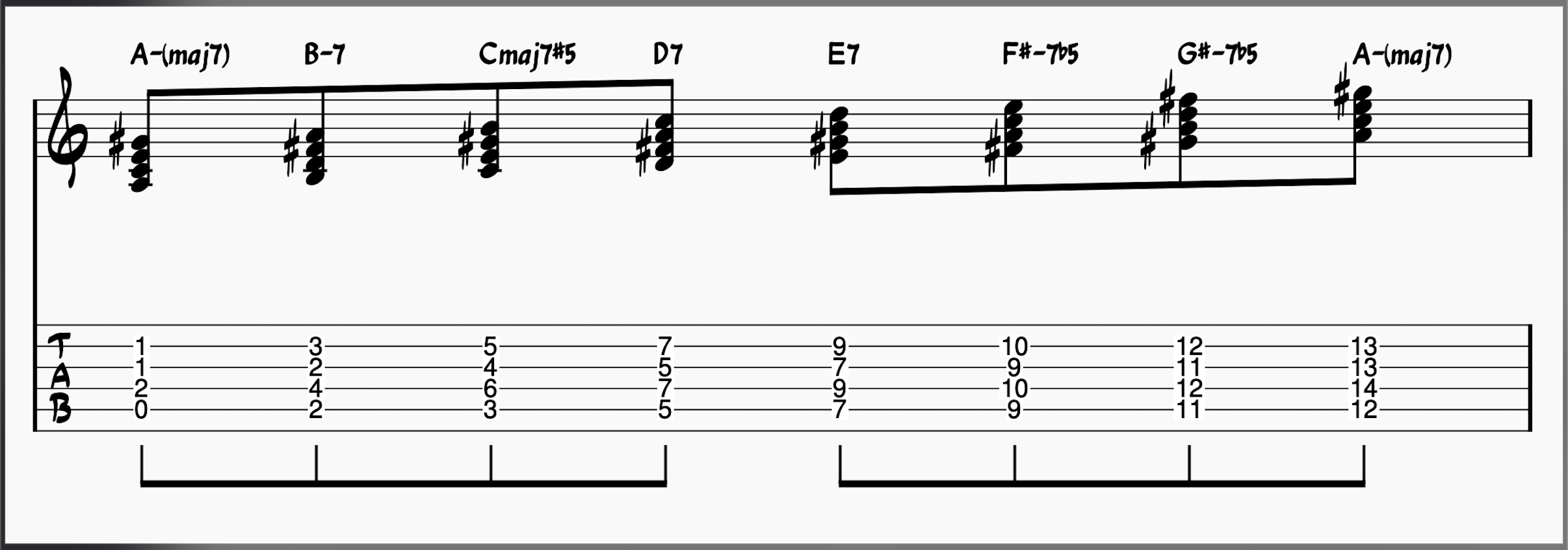
In jazz improvisation, the melodic minor scale has useful modes for various altered chords. However, some are more useful than others. The most useful are bolded below!
- 1. Melodic Minor Scale: Works over Minor(maj7) chords
- 2. Dorian Flat 2: can work over the iii chord if resolving to a II chord.
- 3. Lydian Augmented: works well over maj7#5 chords
- 4. Lydian Dominant: works well over dominant #11 (b5) chords
- 5. Mixolydian Flat 6: works well over dominant b13 chords
- 6. Locrian Natural 2: works over iiø chords in a minor iiø-V-i
- 7. Super Locrian or Altered Scale: really useful over alt7 chords!
Want to learn the melodic minor scale modes and use them to improve your jazz solos?
Check out our article on the melodic minor scale for more information.
3. Harmonic Minor Scale
The harmonic minor scale is the last entry in our list of minor scales. This is another unique minor scale with its own modes and chords. Its unique characteristic is the minor third interval between its sixth and seventh scale degrees.
The harmonic minor scale has a minor sixth and a major seventh. In other words, the harmonic minor scale raises the 7th scale degree while keeping a minor sixth. This puts a minor third interval in its scale step formula:
- W-H-W-W-H-m3-H
Its scale degrees are:
- Rt.
- M2
- m3
- P4
- P5
- m6
- M7
Spelled from A, the harmonic minor scale would be:
- A-B-C-D-E-F–G#-A
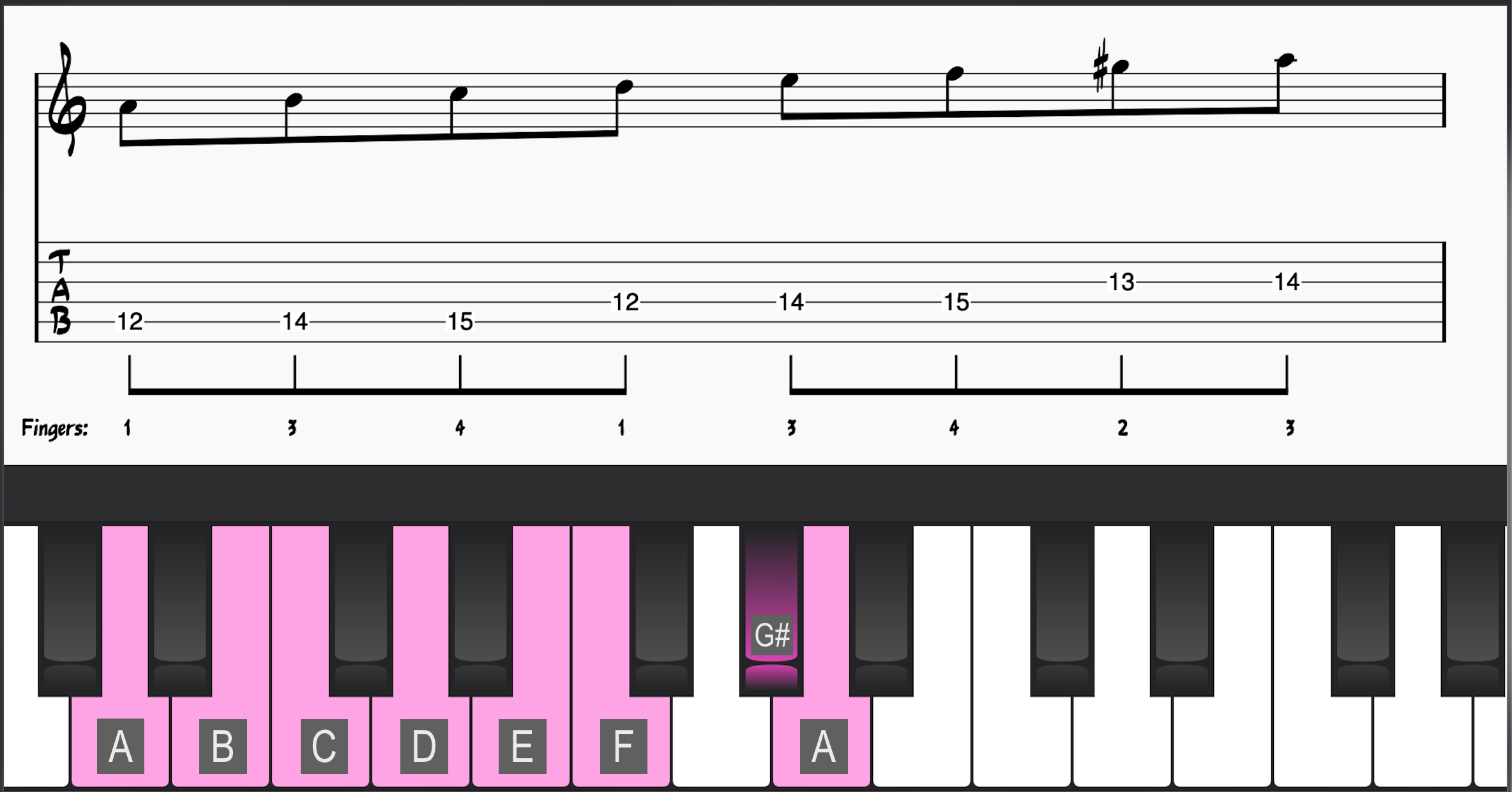
When compared to melodic minor scales, harmonic minor scales have one additional non-diatonic chord:
- A-(maj7)
- Cmaj7#5
- G#dim7
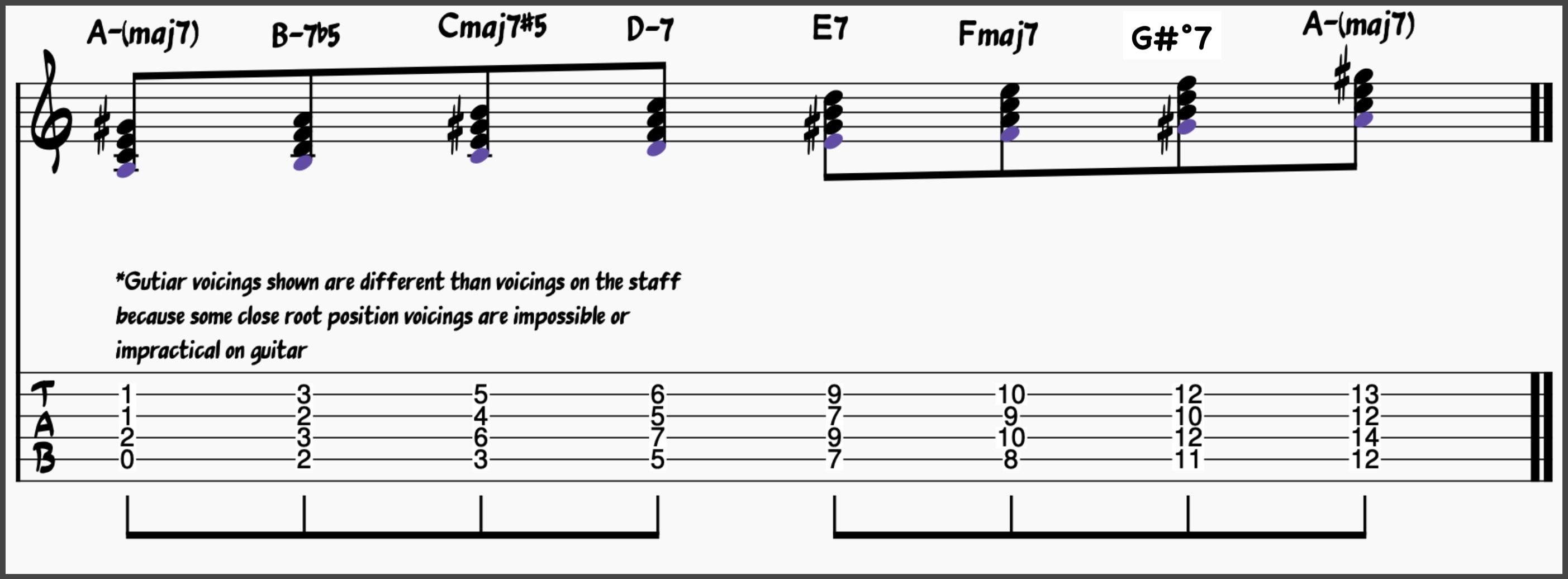
Here are the modes of the harmonic minor scale:
- 1. Aeolian Natural 7: works over minor(maj7) chords.
- 2. Locrian ♮6: can work over the iiø chord in a minor iiø-V-I
- 3. Ionian #5: works well over maj7#5 chords
- 4. Altered Dorian: this scale works over the iv chord in harmonic chord progressions.
- 5. Phrygian Dominant: works well over dominant b9 chords
- 6. Lydian #2: this scale works over the VI chord in harmonic minor chord progressions
- 7. Super-Locrian bb7: works well over dim7 chords.
Want to learn the modes of harmonic minor?
Check out our article on the Harmonic Minor Scale for more!
How To Use These Different Minor Scales and Their Modes
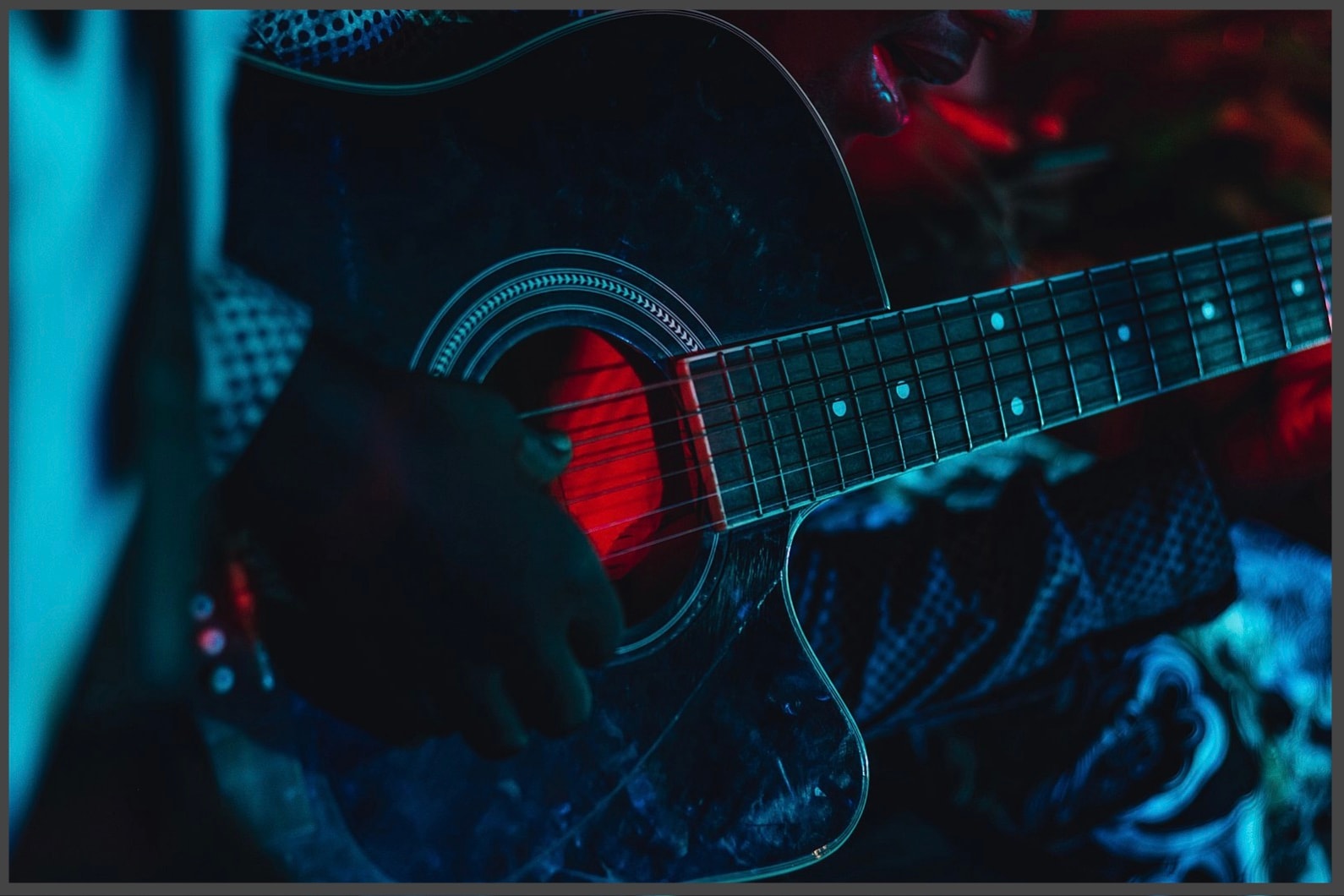
image source: Wikimedia Commons
How do you know when to use the natural minor scale over the harmonic or melodic minor scale? How do you know which mode is most appropriate for each passing chord?
What notes you should play depends on several factors!
- What is the harmony of the moment?
- What kind of instruments are you playing with?
- If there is a chord player, what variations, alterations, or extensions of harmony is he or she implying?
These questions will help you narrow down which minor scale you should choose. Let’s go through each point in greater detail.
What is The Harmony of the Moment?
The easiest and most foolproof way to choose the correct minor scale depends entirely on the harmony of the moment. What do I mean by harmony of the moment? I mean literally what chord is happening at any given point in a chord progression.
Jazz tunes often remain in one tonal center for a certain length of time. They may change tonal centers quickly, like the tune “Giant Steps,” or they may sit in one tonal center for a long time. Knowing what kind of tune you are dealing with helps you determine your strategy.
If the entire chord progression sits within one key, you don’t need to think in terms of “what scale do I need chord to chord?” As long as you pull from modes within the parent key, you’ll be set. The changes will tell you what scale you should use.
Here is a scale map for the key of C major. Each mode is listed over its associated chord. Minor scales are boxed off in purple.
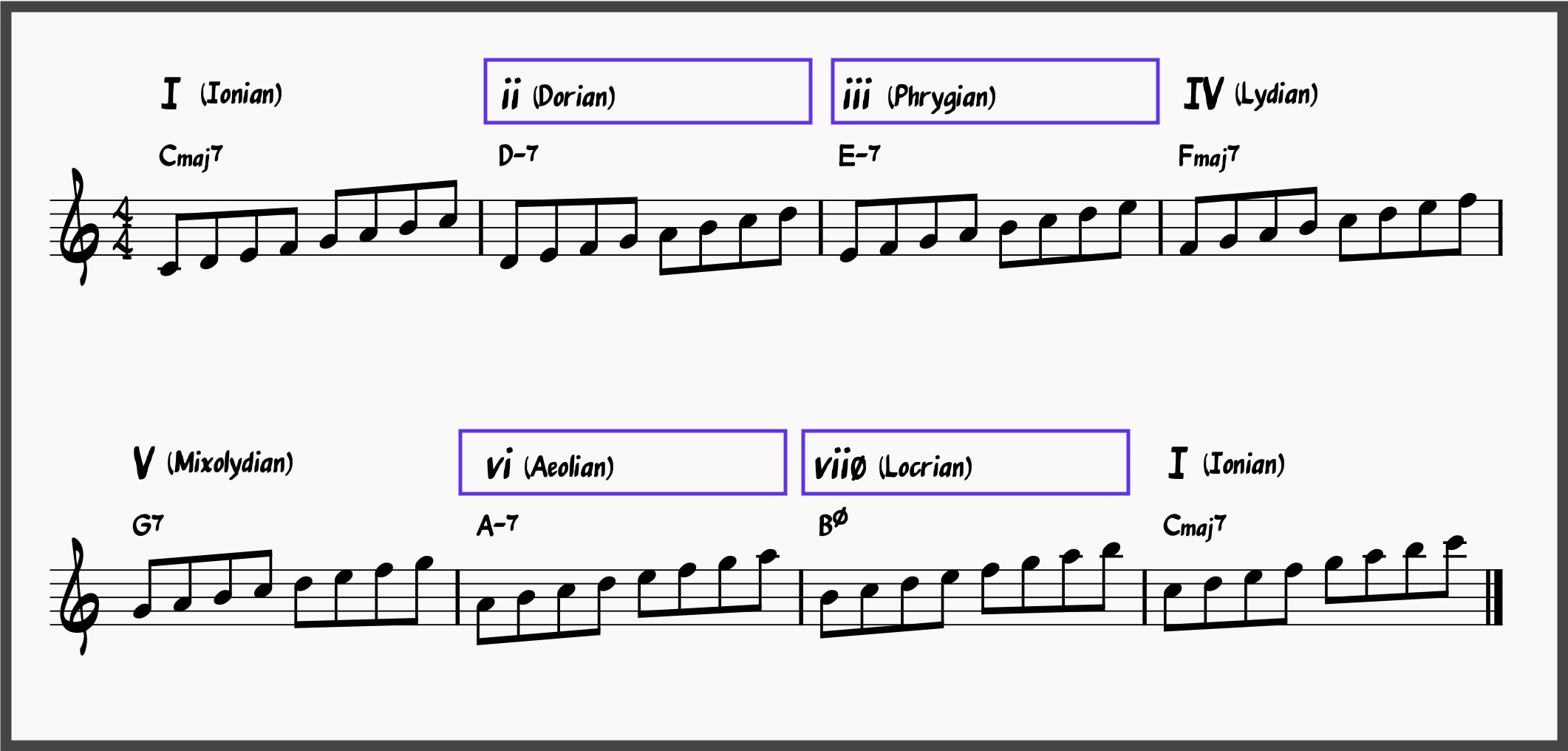
If your progression is in the key of C, you could use this scale map to decide which scales are appropriate. Look at the scale map for the following chord progression (I-vi-ii-V-iii-vi-ii-V). All the chords come from the key of C major. Minor scales are boxed off in purple.
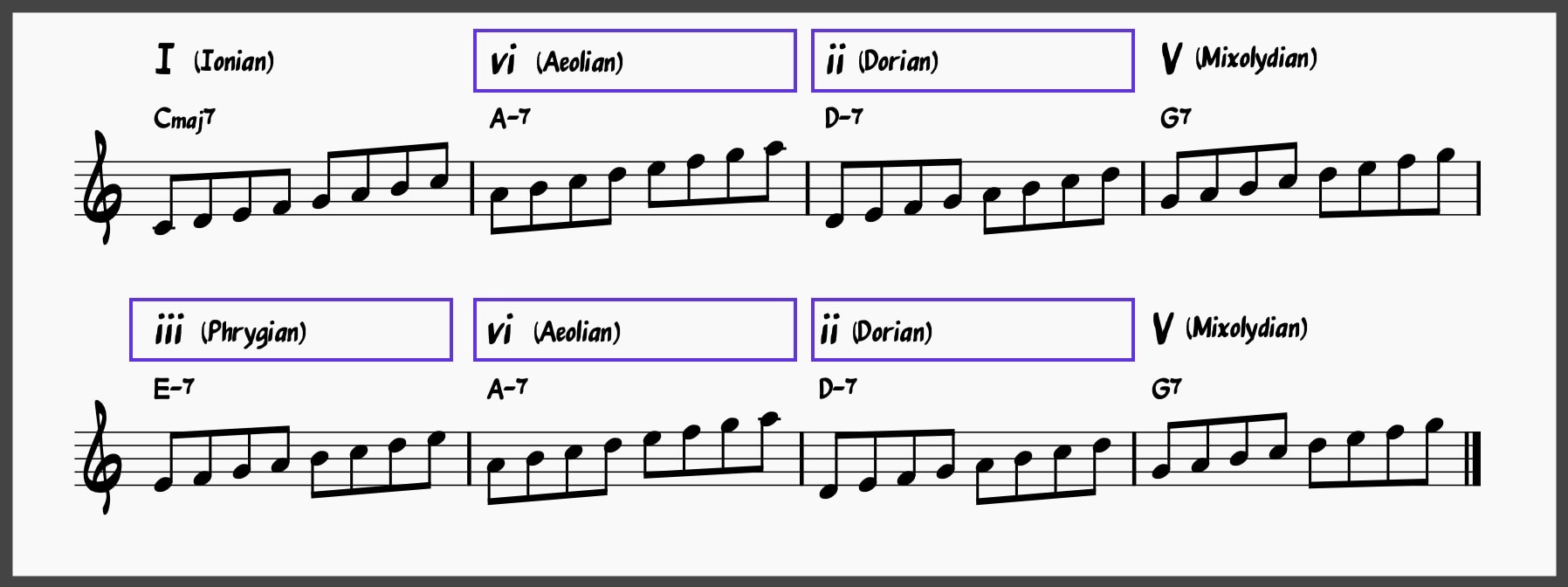
All these modes, however, are essentially the same scale. When improvising, you could just as easily think about creating melodies in the key of C without worrying about which mode fits over which chord. That kind of thinking can impede the creative process.
The previous example featured a single tonal center spanning eight bars. What about when the tonal center changes rapidly? In the following examples, we’ll move through four tonal centers in 8 bars.
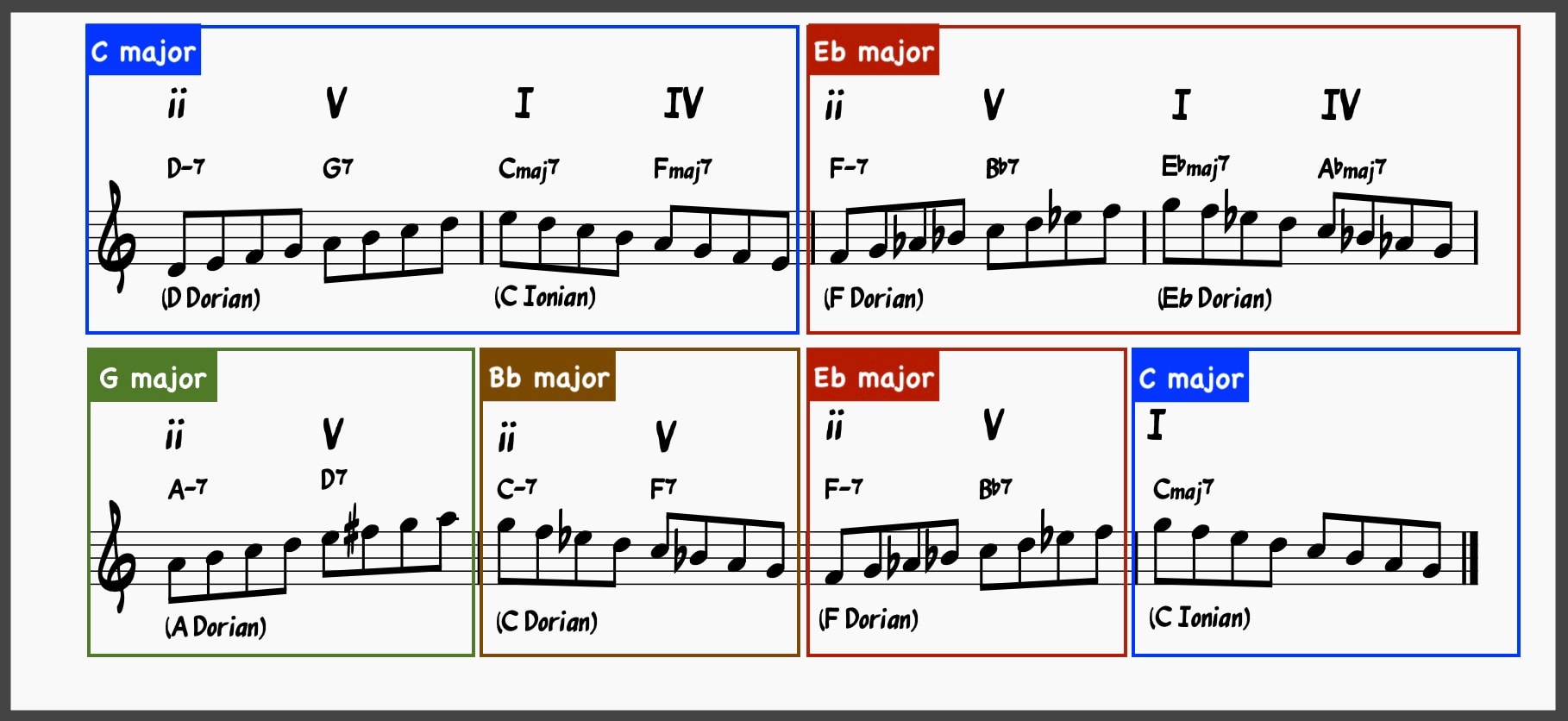
- Blue: C Major
- Red: Eb Major
- Green: G Major
- Brown: Bb Major
When moving through changes this fast, it’s easier to think in terms of tonal centers rather than individual scales.
For example, when in the key of G, I think “A Dorian” despite also moving through a D7 chord. Why? Because A Dorian and D Mixolydian are essentially the same scale. They share the same parent scale—G major (Ionian).
I chose the Dorian scale because the associated chord was functioning as a ii chord. The Dorian mode is built from the second scale degree, which is where the ii chord comes from.
However, playing scales through the changes is not the same as improvising! Scale maps are good exercises that can help prepare you for improvisation, but they certainly won’t sound like the record!
You’ll need more than scales to improvise effectively. Think of scales like oil paints—they are a means to an end. Merely having paint doesn’t make you a good painter. Likewise, simply knowing scales won’t make you a great player, although you need to know them to play effectively.
You’ll also need to be familiar with the elements of jazz language.
Check out this article if you want to learn the basics of jazz language, and this article for more on essential jazz scales.
What Kind of Instruments Are You Playing With?
Also consider the instrumentation! If you are a guitar player and you are playing with bass and drums, you have more options than if you were also playing with a piano player who was setting up the harmony for you.
If you are playing solo, then you have the ultimate freedom of expression. For example, you can intentionally choose to pull from harmonic minor even if the tune is usually rooted in a natural minor pitch environment.
What Variations, Alterations, or Extensions of Harmony is the Chord Player Implying?
Listening is another significant factor in determining which scales to use. If you’ve spent time developing your ear, then your ear will tell you precisely what you need to do. Being able to identify different types of chords is an essential skill for jazz musicians.
If you haven’t considered ear training before, this video will help you get started!
Want to Master Minor Scales and Become the Best Jazz Musician You Can Be? Join the Learn Jazz Standards Inner Circle.
If you are ready to get serious about improvisation and want to make the most of your time in the practice room, then check out the Inner Circle. We have abundant instrument-specific courses on jazz theory, jazz repertoire, improvisation, and other crucial musicianship topics.
Improve in 30 days or less. Join the Inner Circle.



